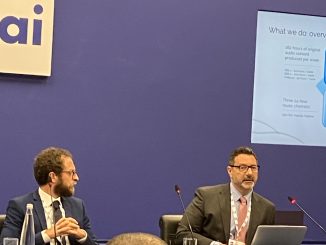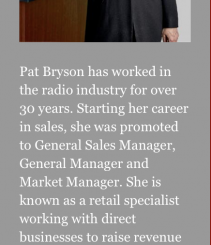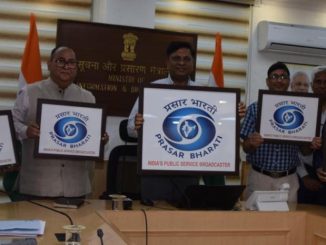
Problem Solving – The First Step is the Most Important
Content from BPR,To effectively manage and operate any successful organization, leaders must guide their team members and develop problem-solving techniques.The best minds in business management all agree that problem solving should be structured. By following steps, we can more clearly understand what problem it is we’re solving, what are the components of the problem that we’re solving, which components are the most important ones for us to pay attention to, which analytical techniques we should apply to those and how we can synthesize what we’ve learned back into a compelling story.There are different Problem-Solving Processes…. some with four steps, others with six or seven.But the ONE step they all have in common is the FIRST step….and that is…..What problem are we trying to solve?It is surprising how often people jump past this step and make a bunch of assumptions. The most powerful thing is to step back and ask the basic question…. “What are we trying to solve?”You need to be sure that you’re dealing with the real problem…. not its symptoms. For example, if performance in a department is substandard, one might think that the problem lies with the individuals themselves. However, the real issue might be a general lack of training or an unreasonable workload across the team.
When you have been in as many strategy and planning meetings as I have over the years you realise that those in the meeting with you often have completely different views of the very problem they’re there to solve.Our problem is the Morning Show-they’re not that funny, the music is off track, lack of marketing, too much inventory, our competitors aren’t that good but they’re out rating us (??!!) ……yes we’ve heard them all.The Morning Show may be lacking in entertainment value, but is that because of the talent or poor direction from the programming team? The music may be off track but is that the fault of the music director or the fact that the music vision hasn’t be effectively explained to them… or is it because of flawed research?Too often people run off with half of the idea about what the problem is and start collecting data and start thinking about ways to solve that problem, only to discover that they’ve gone off half-cocked.To define the problem you’re trying to solve:
Separate fact from opinion
Remove emotion from the process
Specify underlying causes
Consult each team involved in the problem-solving process for information
Avoid trying to solve the problem without data
State the problem specifically and unequivocally. Avoid vague language.
In the world of medicine, doctors are trained to understand the difference between treating the symptoms and curing the condition. A broken wrist, for example, really hurts…. but painkillers will only take away the symptoms; you’ll need a different treatment to help your bones heal properly and cure the underlying problem.The same applies if you’ve got a problem at your radio station. If you only treat the symptoms – what you see on the surface – the problem will almost certainly return, and need fixing over and over again.Determine the real problem and fix that!By David Kidd, BPR […]





